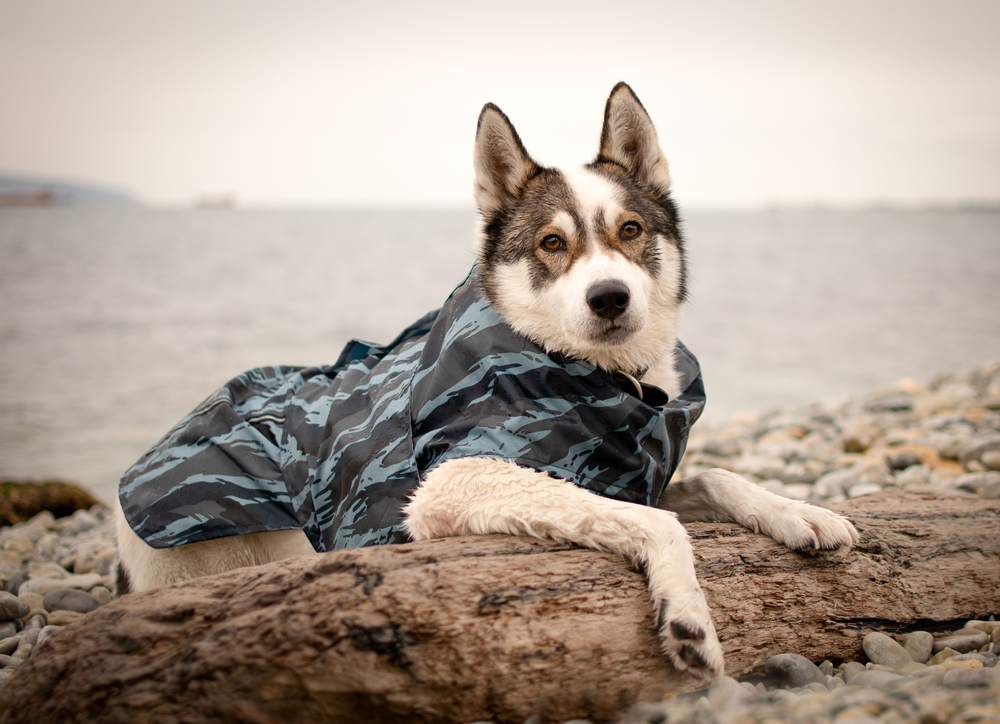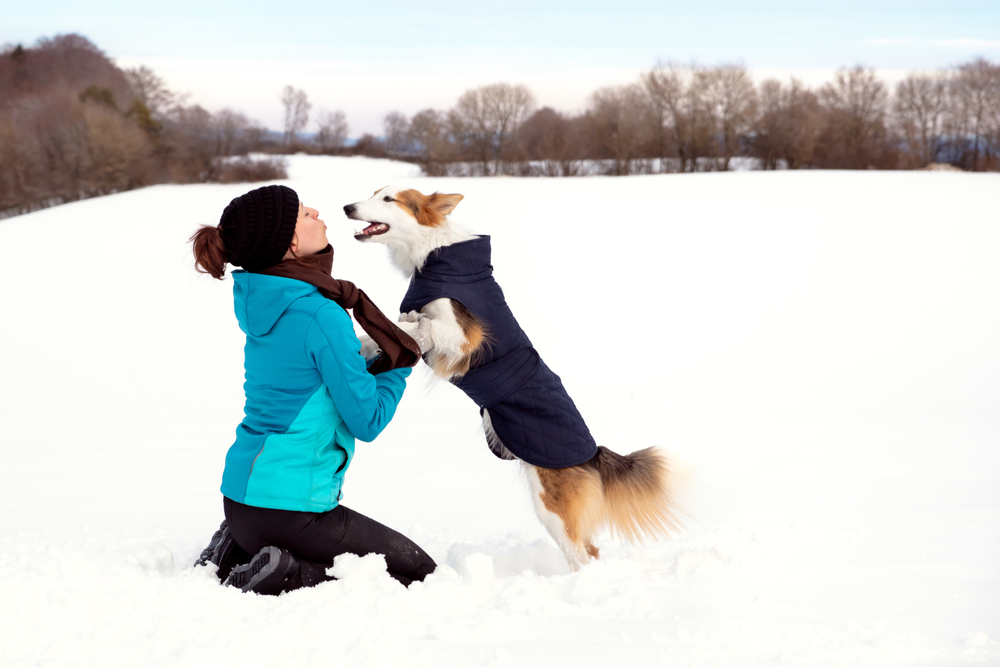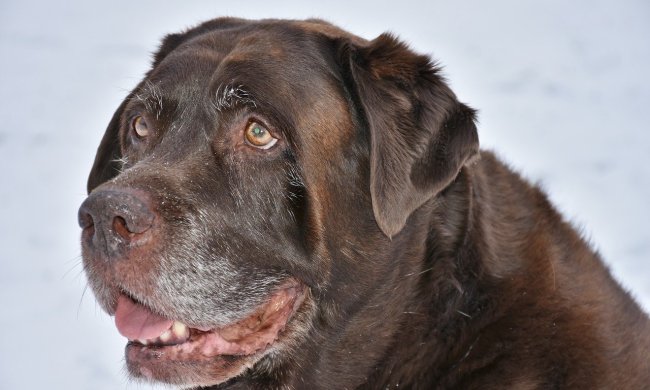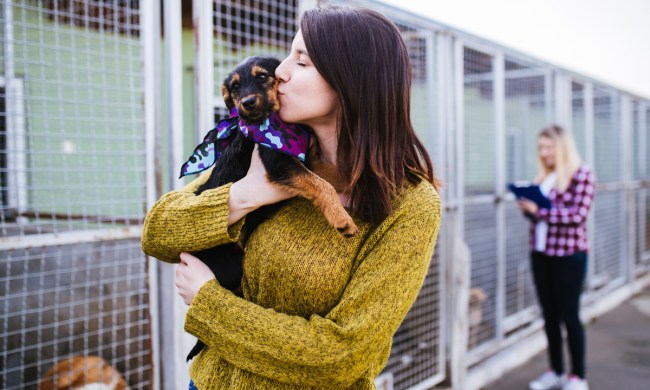Depending upon the climate you live in and the hobbies you enjoy, the approach of cooler weather might have you looking forward to participating in winter activities with your favorite canine friend. While you probably have a closet full of cold-weather apparel, it’s important for your dog to be ready to brave the elements safely, too.
We know. Dogs wear their coats all year long. But some are more suited to weathering cold temperatures than others. Are you wondering if you should invest in a cold-weather coat for your dog? Here’s how to find the right one.

Does your dog need a coat?
Some dogs have coats that are naturally suited for outdoor life. If your dog is a healthy husky, golden retriever, or Labrador retriever, his coat may be dense enough to keep him warm on your cold-weather adventures.
Other dogs need a little help retaining body heat, even if you’re just taking daily walks around the neighborhood.
- Short-haired breeds such as Chihuahuas, greyhounds, and whippets
- Dogs with shorter legs, whose bellies are closer to the ground, such as corgis
- Senior dogs with arthritis or age-related circulatory problems
- Dogs with medical conditions, such as heart disease or a weak immune system, or those recovering from an injury
When is it cold enough for a coat?
You put on an extra layer when you feel a chill, but what about your dog? A good rule of thumb is to look for signs that your dog is uncomfortable when the temperatures fall below 45 degrees and act accordingly. Most dogs will want some level of protection beginning at 32 degrees. It can be dangerously cold for even dogs with heavy coats if the temperature dips below 20 degrees.
Regardless of what the thermometer says, if your dog acts like he’s cold, it’s time to either put him inside or add an extra layer. Shivering or other behaviors such as whining or acting anxious are good indications your dog is uncomfortable.

How to choose the right coat
If you’ve determined your dog needs a winter coat, here are some suggestions for finding the best option.
- Take measurements. Just like humans, dogs come in every shape and size. Measure the length of your dog from the base of his collar to the base of his tail. Loosely measure your dog’s girth in two places: 1) right behind the front legs and 2) around his neck where he wears his collar.
- Material. The type of coat you purchase depends upon the climate you live in and the cold-weather activities in which you’ll both be engaging. Choose water-repellent material for wet or mild climates and insulated material, like fleece, for colder climates, especially if you’ll be out in subzero temperatures or biting winds. Also check the care instructions. Is it washable?
- Fit. Before you buy, take your dog to the local pet store and try on a few options. Look for a coat that fits snugly but doesn’t restrict his movements. Make sure the coat you choose covers his neck and belly and is easy to get on and off. Check to see if there are any places that rub or might irritate his skin. If you order a coat online, check the manufacturer’s size chart using the measurements you took. Use the next larger size if your pup’s numbers are on the borderline.
- Style. Looking good is always important, but in this case, it’s the last item to worry about when finding the right coat for your furry friend. Fortunately, pet manufacturers provide a wide variety of stylish options. First, find a coat with the right material that fits your dog well, then choose a style you like.
Naturally, you’ll want to check with your veterinarian to see if she has any concerns about your dog and winter-weather activities before starting something new. She can give you suggestions about appropriate activity levels as well as the best places to look for the right apparel for your dog’s age, weight, and size.
Playing outside with your dog year-round is a lot safer when both of you are wearing the right gear. Whether you’re just taking a walk around the neighborhood every day or gearing up for some super sledding on the local hills, winter activities are more fun when the whole family can safely play together.


